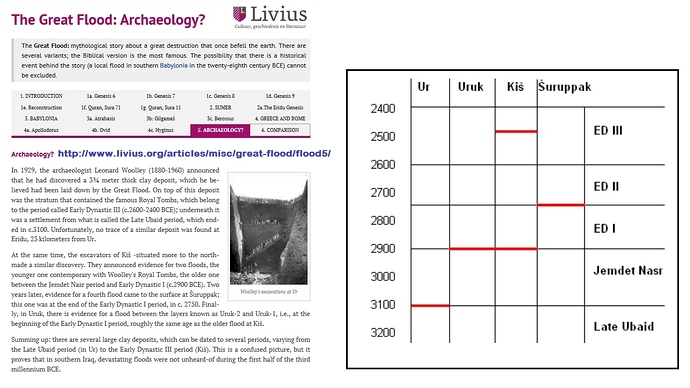Analysis of the marriage and ascendancy pattern of these rulers reveals that the lines of Ham and Shem intermarried, as did the lines of Cain and Seth before them, and the lines of Abraham and Nahor, after them.
Endogamy is a culture trait of this ruler-priest caste.
This is making some leaps that are not indicated by Genesis - “On the one hand you claim that “Abraham’s family resided in the Tigris-Euphrates River Valley because that is where Nimrod built a vast kingdom”. On the other hand, in Genesis 2 “Tigris and Euphrates” are explicitly named. On this basis one should rather assume that “Adam” lived in the Tigris-Euphrates River Valley as well.” Eden was bounded by four rivers and two of them are at the source of the Nile.
Noah lived during the period of the Old Kingdom, a time of great cultural and technological achievement in Egypt. This places Noah and his sons in relatively recent history, not at the dawn of human existence. They ruled over territories during the 7th, 8th and 9th Dynasties.
Many populations existed at the time of Noah and before Noah. Consider the following population estimates by urban center between 2400 and 2200 BC, the time when Noah’s flood would have occurred:
Memphis, Egypt - 32,000 inhabitants
Lagash, Iraq - 60,000 inhabitants
Mohenjo-daro, Pakistan - 40,000 inhabitants
Mari, Syria -50,000 inhabitants
Baodun settlements, China - Baodun is the largest settlement, covering an area of about 373 miles. There is no evidence of destruction by flooding though all six Baodun settlements straddled the Min River in central Sichuan province. The Min is a tributary of the upper Yangtze River.


